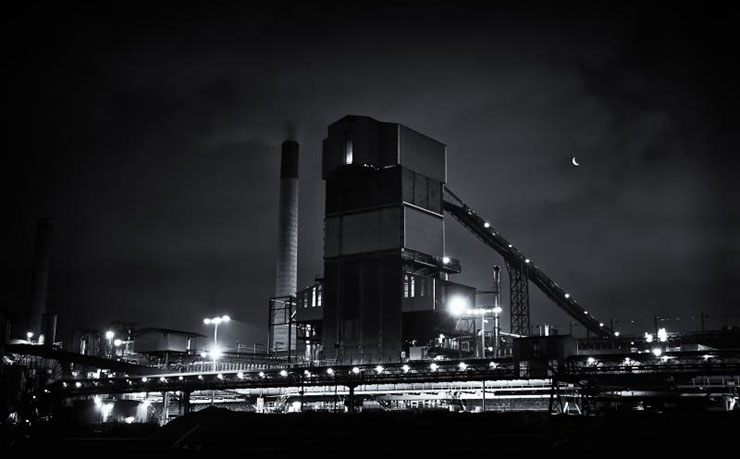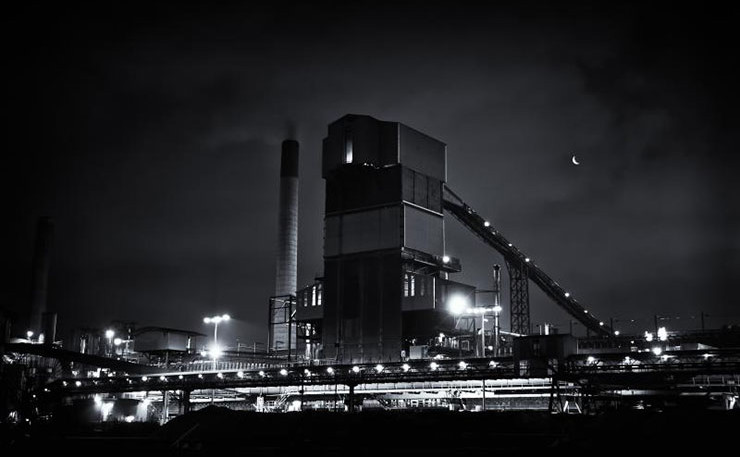Cogeneration – the process of creating useful heat and electricity at the same time – is the obvious route to securing a future for the Port Kembla steel works. The owners just need to invest in the technology, and the environment writes Lee Rhiannon.
Now BlueScope Steel is back in the black, with a net profit of $716 million in 2016-2017, surely it is time this company dropped their favourite tactic of crying poor and committed to a cogeneration power scheme.
Paul O’Malley, the outgoing CEO of BlueScope Steel (the owner/operator of Port Kembla Steelworks), warned in February this year that sharply rising electricity costs may lead to heavy job losses in Australian industry. O’Malley called for a legislated baseload energy target that would guarantee low-cost electricity for companies.
What Mr O’Malley failed to acknowledge was the need for cogeneration to become integrated into the Port Kembla steel works.
We should make no mistake, BlueScope Steel has the means to finance and implement the co-generation upgrade that would both insulate the steel plant from rising power prices and substantively reduce its damaging environmental impact.
It is time BlueScope Steel got serious about the commercial and environmental sustainability of its Port Kembla operations and the way to achieve that is by investing in a cogeneration scheme. This move would guarantee certainty and stability for electricity supplies to the steel-making operations.
The call for cogeneration in the Illawarra is nothing new. Since the days when BHP Billiton owned the Port Kembla steelworks back in 1998 there have been investigations to upgrade the facility so the immense heat and flammable gases generated as a by-product of industry such as steel forging are captured and put to use. This can be spectacular as the system generates additional electricity that supplies part of the plant’s power requirements.
However, the failure of BlueScope to adopt cogeneration means that heat produced by this heavy industry is not used for energy generation. Steel production at Port Kembla produces immense quantities of waste flammable gases that are currently flared into the atmosphere, and so any benefit is lost. The negative aspects of the current process drives up greenhouse gas emissions and also costs.
An upgrade of Port Kembla steel works to include cogeneration, estimated in 2009 to cost $1 billion, would capture these gases and use them to generate steam that would be used in both industrial processes and to generate electricity.

At the time, with two blast furnaces in operation this scheme would have provided baseload power of 120 megawatts, with an additional peaking capacity of a further 100 megawatts. It would have abated carbon emissions from between 700,000 and 900,000 tons per year.
While the international steel crisis resulting from global market failures and the dumping of low-cost steel in Australia in recent years has threatened the existence of the Illawarra steelworks, these problems should not be used as an excuse for deferring the introduction of cogeneration. Those factors should be an impetus for introducing this energy saving scheme.
It is interesting to note that at Whyalla steelworks there are plans by its new owners to implement a cogeneration scheme that would supply the plant with 100 per cent of its energy requirements and make it a net power exporter to the grid. During the purchase of the Whyalla steelworks by Sanjeev Gupta of Liberty House, the owner said that the rising cost of electricity and gas was a big handicap for the Whyalla steelworks and that a substantive cogeneration upgrade was crucial to keep the plant running.
It is common sense to say that a similar upgrade of the Port Kembla steelworks is essential for it to also remain viable for the long haul. The South Coast Labor Council have been promoting support for cogeneration for the past decade.
Port Kembla steelworks is an essential part of the Illawarra economy. If the steelworks closed over 10,000 jobs in total would be lost and the regional economy would be sent into a depression.
A responsible NSW government should be working to secure the future of the steel industry in Port Kembla. The pathway to achieving this is now clear. A combination of cogeneration and procurement as set out in the Greens Steel Protection Bill that passed the NSW Upper House with the support of all parties except the Coalition.
This is how we can have a win for the environment and a win for local jobs and the wider economy.
Donate To New Matilda
New Matilda is a small, independent media outlet. We survive through reader contributions, and never losing a lawsuit. If you got something from this article, giving something back helps us to continue speaking truth to power. Every little bit counts.






